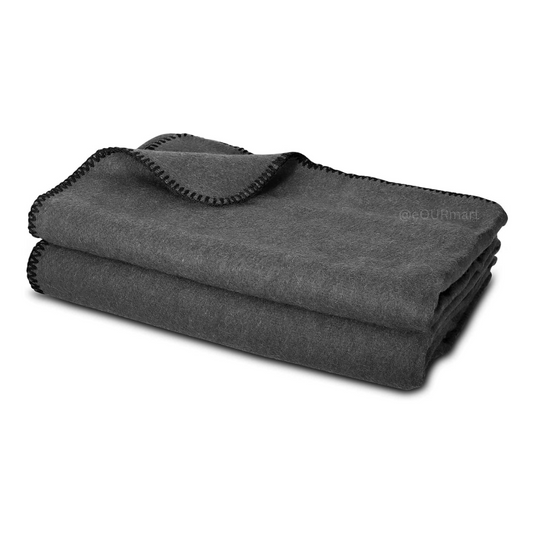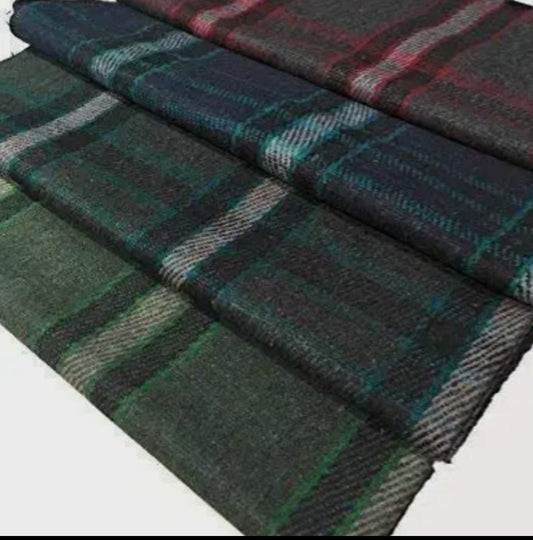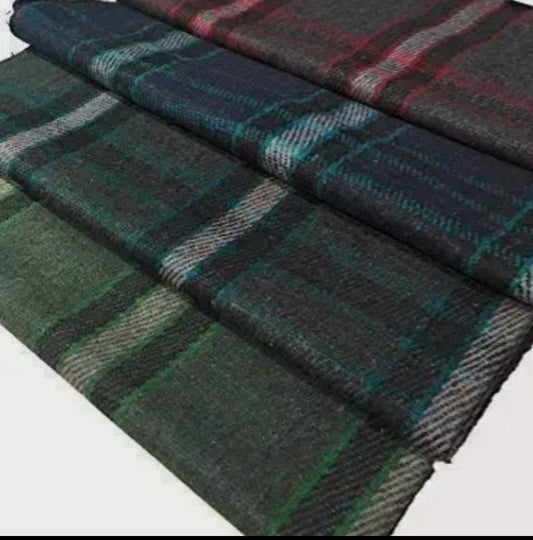Umbrellas have been our loyal companions through rainy seasons for centuries, but anyone who's struggled with dripping canopies, difficult entry into cars, or sudden wind flips knows they’re far from perfect. Enter the reverse umbrella—a modern, thoughtful innovation that flips traditional umbrella design on its head, quite literally.
Whether you’re navigating a busy street, hopping into your car, or walking through a windy storm, reverse umbrellas offer practical advantages that make them an essential accessory for the modern user. In this blog, we’ll explore the fascinating evolution, features, types, and benefits of reverse umbrellas and explain why they deserve a spot in your rainy-day arsenal.
What Is a Reverse Umbrella?
A reverse umbrella, also known as an inverted umbrella, is designed with an innovative folding mechanism that allows it to fold in the opposite direction of a traditional umbrella. Instead of collapsing downward, the canopy folds upward—trapping the wet surface inside and leaving the dry side facing out.
This design minimizes dripping and mess, making it easier to carry indoors or store in your bag or car. Many reverse umbrellas also feature a C-shaped handle, allowing hands-free use—a bonus for multitaskers or phone users.
A Brief History of the Reverse Umbrella
While traditional umbrellas date back over 4,000 years, reverse umbrellas are a relatively recent invention. The concept gained widespread attention in the early 2010s, with several Kickstarter campaigns and viral videos showcasing their unique functionality.
Since then, reverse umbrellas have become a hit globally, particularly in urban environments where people often face the challenge of getting in and out of cars or buildings without getting drenched.
Key Features of Reverse Umbrellas
Here’s what sets reverse umbrellas apart from traditional ones:
1. Inverted Folding Mechanism
When closed, the wet surface folds inward, trapping moisture and preventing drips. This is ideal for indoor use and transport.
2. C-Shaped Handle
The ergonomic handle design allows users to loop the umbrella around their wrist or arm, keeping both hands free—perfect for texting, carrying groceries, or holding a child’s hand.
3. Standable Design
Many reverse umbrellas are self-standing when closed. This feature makes them easy to store upright, whether in your hallway or office.
4. Windproof Construction
Thanks to their double-layered canopies and reinforced frames, reverse umbrellas can better withstand strong winds. The inverted design reduces the risk of the umbrella turning inside out.
5. Quick-Entry Functionality
The upward-folding motion makes it easier to open and close the umbrella while entering or exiting a car or building, keeping you drier and avoiding awkward wrestling with the frame.
Types of Reverse Umbrellas
Just like traditional umbrellas, reverse umbrellas come in various styles to suit different needs and tastes.
1. Manual vs. Automatic
-
Manual Reverse Umbrellas require a hand to open and close, offering more control.
-
Automatic Reverse Umbrellas come with a one-button open/close mechanism for ease of use, especially when your hands are full.
2. Compact Reverse Umbrellas
These fold down to a travel-friendly size, ideal for commuters or travelers who want something lightweight and portable.
3. Golf Reverse Umbrellas
Larger and more robust, these are designed to cover two people and withstand high wind. Great for sporting events or walking through stormy weather.
4. Reflective or UV-Blocking Canopies
Some models include reflective strips for nighttime visibility or UV protection layers, making them suitable for both rain and shine.
Benefits of Using a Reverse Umbrella
1. Mess-Free Entry
The number one reason people switch to reverse umbrellas is the ease of getting in and out of cars or buildings without water dripping all over them. You can close the umbrella in tight spaces and avoid soaked seats and floors.
2. Better Water Containment
With the wet surface folding inward, you can carry a reverse umbrella without dripping all over yourself, the floor, or others—especially important on crowded buses or in offices.
3. More Durable in Wind
Thanks to the double-layered design and inward folding, reverse umbrellas are less likely to flip inside out during gusty weather, offering more durability and reliability.
4. Convenient for Multitasking
The hands-free C-handle is great for people on the go. You can carry a bag, type a message, or sip your coffee—all without putting the umbrella down.
5. Stylish Designs
Reverse umbrellas often come in a variety of eye-catching prints, colors, and patterns. Some even have bright interiors with neutral exteriors, adding a pop of personality while remaining professional.
Design and Material Considerations
When choosing a reverse umbrella, consider the following:
Frame Material
-
Fiberglass: Strong, flexible, and rust-resistant—ideal for wind resistance.
-
Steel: Heavier and sturdy, though prone to rust without proper coating.
-
Aluminum: Lightweight and rust-resistant but not as flexible.
Canopy Material
-
Polyester: Common and durable; good for daily use.
-
Pongee Fabric: Smoother and denser than polyester; better at repelling water and drying quickly.
-
UV-Coated Fabric: Blocks harmful UV rays, perfect for sun protection.
Who Should Use a Reverse Umbrella?
Reverse umbrellas are perfect for:
-
Urban Commuters: Navigating buses, trains, or car rides in wet weather.
-
Parents: Holding kids or bags while staying dry.
-
Drivers: Entering and exiting vehicles in the rain.
-
Office Workers: Preventing water from pooling in lobbies or elevators.
-
Fashion-Conscious Users: Combining utility with stylish prints and features.
How to Care for Your Reverse Umbrella
To extend the life of your umbrella:
-
Dry It Properly: Open it fully and let it air dry before storing to prevent mold or rust.
-
Store It Upright: Use the self-standing feature to store it neatly and avoid bending the frame.
-
Clean Gently: Wipe down the canopy with a damp cloth and mild soap if it gets dirty.
-
Avoid Force Closing: Especially with automatic models—let it open/close fully before activating the opposite function.
Are There Any Drawbacks?
Reverse umbrellas are slightly bulkier than traditional ones due to their double-layer design and unique folding mechanism. They may also be a bit more expensive. However, their added convenience, durability, and mess-free operation often outweigh these minor inconveniences.
🛍️ Where to Buy
Although Reverse Umbrella can be bought from any ordinary store, if you are thinking of buying Umbrella online at factory price while sitting at home, then you can immediately download eOURmart.com, or you can visit our website, where you can get a good quality Rainy Products at the lowest price.
Conclusion
The reverse umbrella is a smart, user-friendly upgrade to an age-old tool. It’s proof that even the simplest innovations can have a big impact on daily life. Whether you're caught in a sudden downpour or planning ahead for unpredictable weather, a reverse umbrella offers the protection, style, and convenience you didn’t know you needed.
So, if you're tired of soggy floors, wet seats, or wind-flipped umbrellas, it may be time to reverse the way you think about rain gear. Once you try a reverse umbrella, there's a good chance you’ll never go back to the old kind again.






